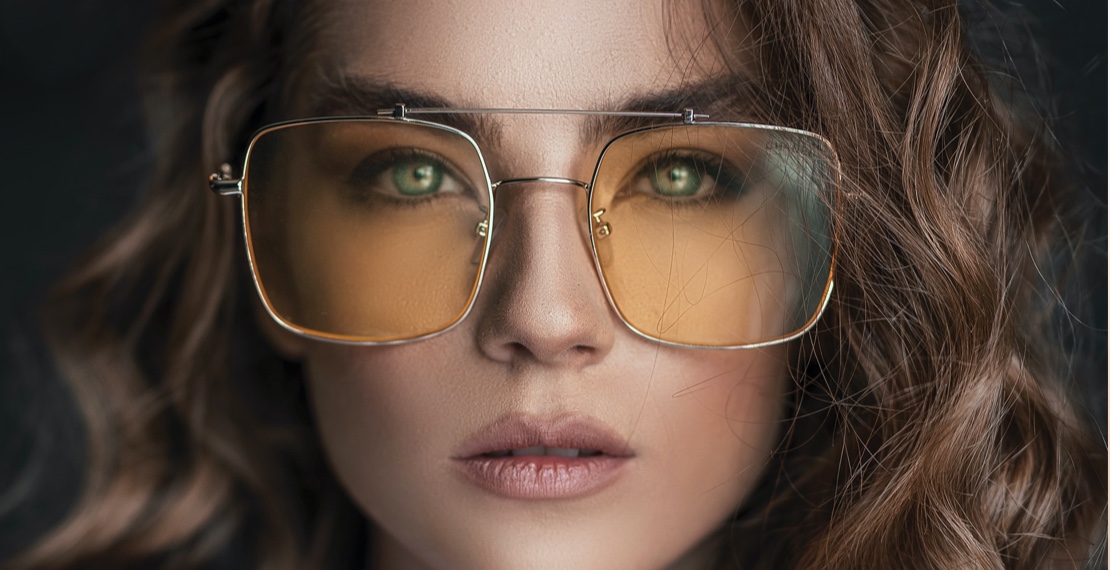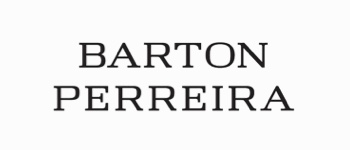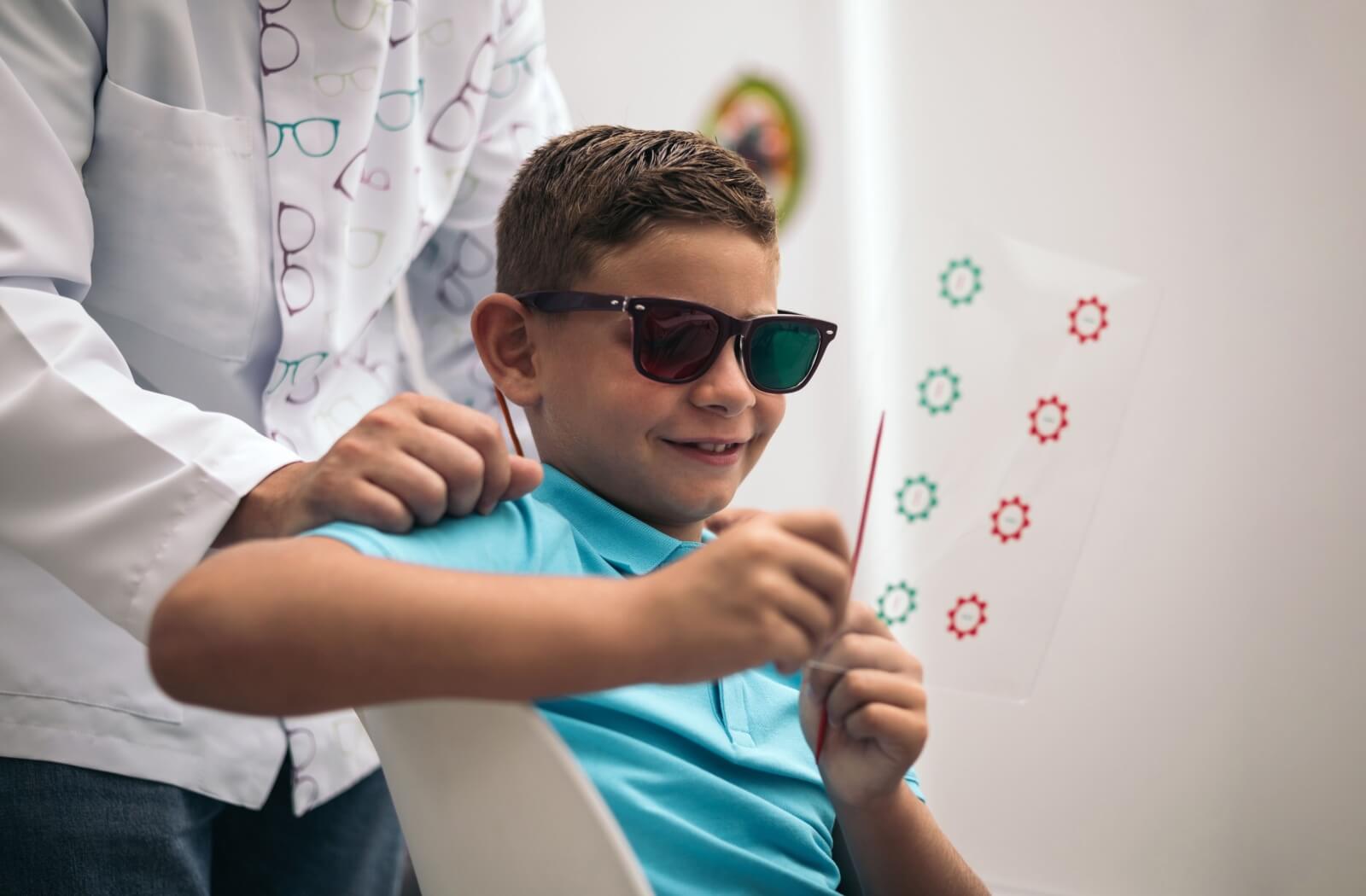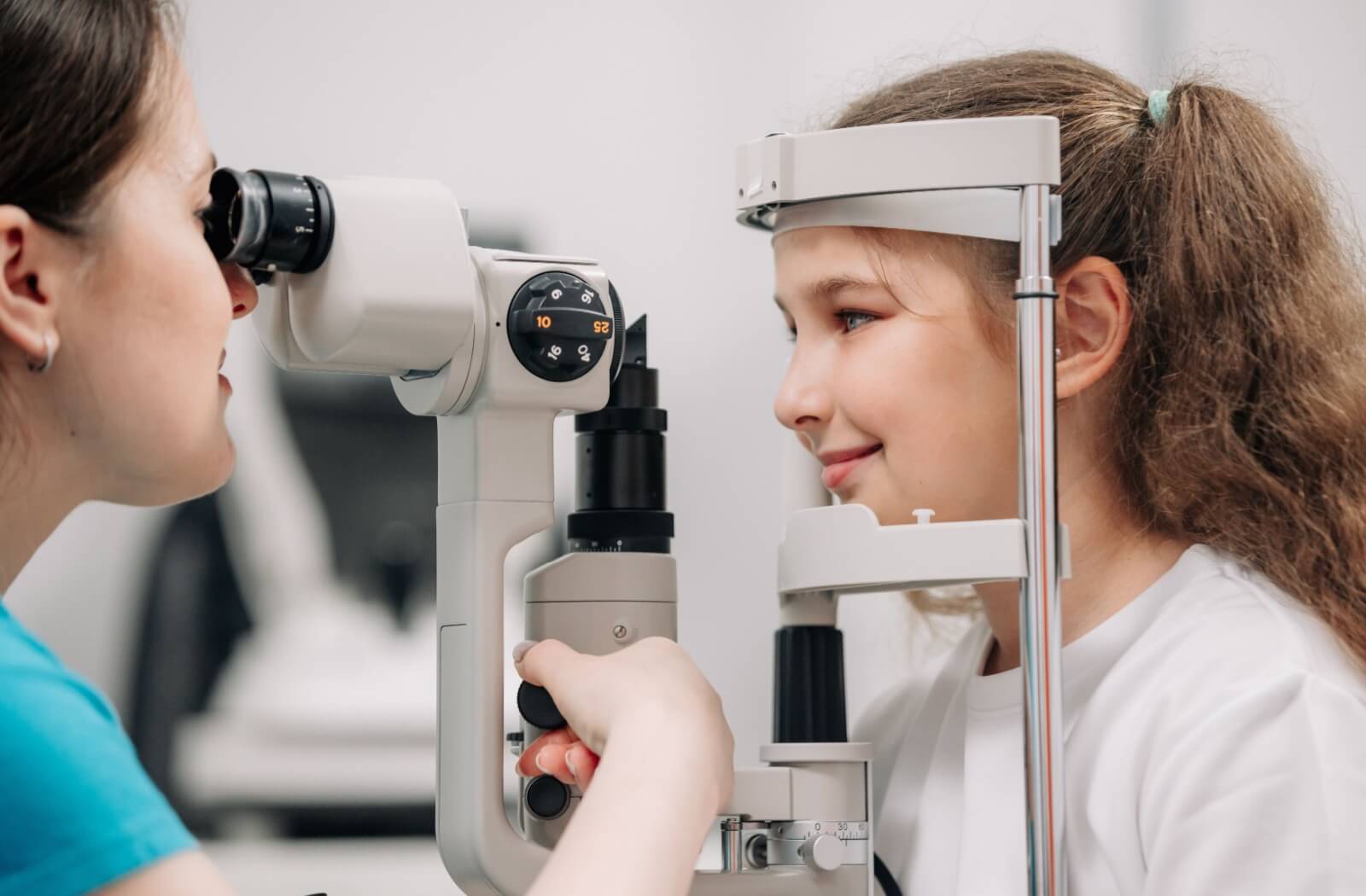The human eye and visual system is an incredibly complex system and vision involves more than just visual acuity. As your child grows, their visual system will also develop and change rapidly. Necessary visual skills like eye tracking, accommodation (focusing), alignment and visual perceptual skills allows them to learn and live life to the fullest. These skills can take time to develop and master; fortunately, as a parent, you can help by regularly engaging in activities and playing with your child like games, puzzles and outside play, you can support your child’s visual development.
If your child has been diagnosed with a binocular vision problem, treatment with optometric vision therapy is an excellent way to improve the visual skills that are essential to learning and living a full life.
Vision is so much more than reading small letters on the eye chart! Most of us are familiar with visual acuity and eye tracking, but there are many other essential skills that allow us to process what we see. These skills are called Visual Perceptual Skills and they allow us to interpret and navigate the world around us. Without these skills, you would not be able to tell the difference between your coffee mug and your dog. Remember where you last put your keys is also visual perceptual skill!
Visual perceptual skills are both active and passive. Patients who sustain brain injury and stroke often struggle with visual perceptual deficits that interfere with activities of everyday life like driving and reading. Treatment with optometric vision therapy allows these patients to once again engage in activities they enjoyed prior to injury and regain independence.
There are 16 visual perceptual skills that allow us to process our visual world. Below you will find additional information on some of those essential skills.
Visual Attention
Think of visual attention as a spotlight. It allows you to focus on specific details while filtering out irrelevant information. Without visual attention, you would be completely overwhelmed by the amount of visual information you are receiving. Your brain would be flooded with information and it would feel near impossible to concentrate on a single activity. Patients with poor visual attention have difficulty with everything from reading to remembering where they parked their car or last placed their car keys. Patients who suffer from stroke often have visual neglect and will ignore entire portions of their world without awareness that they are even doing so.
Visual Spatial Relationships
Understanding spatial relationships is a core ability, but doesn’t automatically come easy to everyone. Visual spatial relationships allow us to determine where things are in the world around you. We use this skill in order to know whether the object you are looking at is further, closer and behind over and under. Just think about the letters “b, d, p and q” which are all the same shape, but their meaning changes based on their orientations. Patients without efficient visual spatial skills, often struggle with letter reversals and can get labeled as dyslexic. Activities like puzzles and Legos are an easy and fun way to improve visual spatial relationships.
Visual Memory
Visual memory is a key skill that allows you to retrieve information about things you have previously seen. Without visual memory, it would be difficult to complete even this most basic task. Everything from reading a book, spelling, recalling what someone’s face looks like and even walking without bumping into things requires visual memory.
Visual memory is crucial for recalling:
- Words
- Shapes
- Patterns
- Images
Visual Sequential Memory
Visual Sequential memory allows you to recall a sequence of visual information – everything from objects to symbols, and words. This skill is particularly important for spelling. Patients who struggle with visual sequential memory will often whisper or talk aloud as they write. Games like matching, word search and crossword puzzles help support this skill.
Visual sequential memory helps with:
- Reading comprehension
- Spelling
- Solving math problems
Visual Discrimination
Visual discrimination allows you to detect and identify the likes and differences between objects, symbols and shapes. This also includes pattern, texture, position, form and texture as well. Understanding differences allows us to be able to create meaning from a group of letters into words and sentences. Visual discrimination is a critical skill for children learning to read. Children who do not have adequate visual discrimination will often have trouble matching their clothes or struggle to see the difference with letters and words (I.e. car/cat or 5/S).
Visual Closure
Visual closure allows you to recognize what an object is, even if the object is partially visible. Imagine a partially drawn circle—your visual closure skill helps you complete the image in your mind and recognize it as a complete circle. Another example is your ability to read words together in a group instead of one letter at a time.
Visual Figure Ground
This skill helps you distinguish an object from its background. It’s considered a type of perceptual grouping that allows you to filter out irrelevant information so that you can focus on what matters. Children with reduced visual figure ground skills can have difficulty copying from the board or not be able to efficiently scan text for key information. Reading books like ‘Where’s Waldo’ or playing the game “I Spy” are fun ways to help develop that skill.
Visual Form Constancy
Visual form constancy is a specific visual perceptual skill that allows a child to understand that a shape, form or object stays the same even when it changes its size, position or is in a different environment. It is necessary to understand what letters, words and numbers remain the same whether in a book, sign or other form of text. Children with delays in this skill can struggle with building blocks or putting a puzzle together based on a picture. They can also have difficulty with judging heights, distances and even reading in a different font.
How to Improve Visual Skills
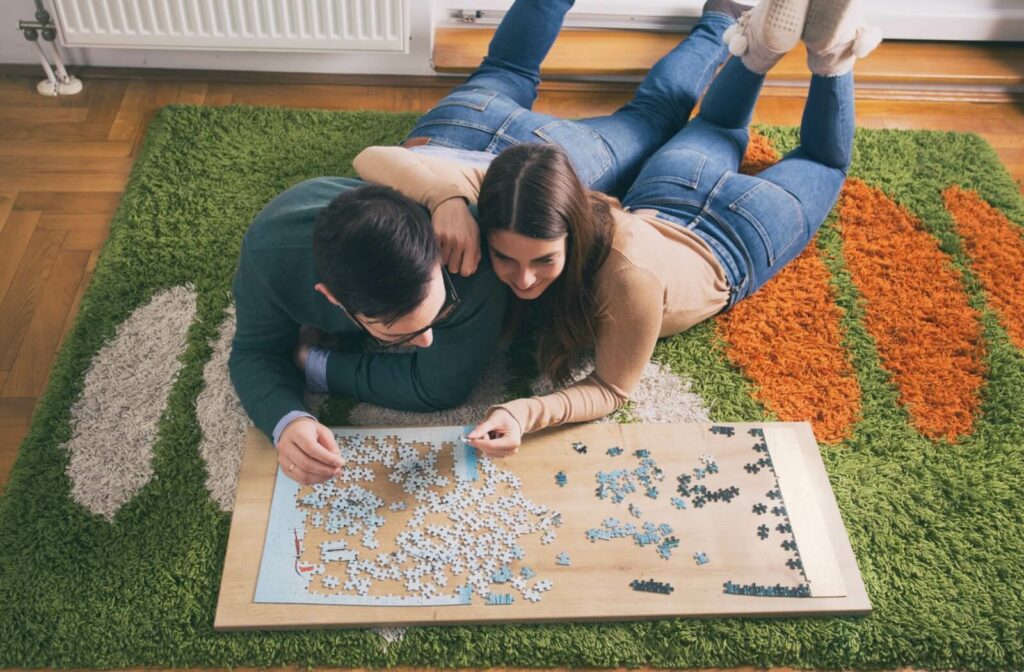
Visual perceptual skills develop throughout childhood and into young adult life. For some people, their visual perceptual skills do not develop at the same rate as their peers or they may have a few skills that seem to lag. Regardless of age, the brain has the amazing capability to learn something new which is called neuroplasticity.
Adult patients who suffer from traumatic brain injury often struggle with ongoing visual perceptual problems. For most of them, they will get their eyes checked and see the “20/20” on the eye chart, but not be able to efficiently process the information coming into the visual cortex. This creates a confusing world for the patient and they can lose their ability to drive confidently, walk in a straight line or comprehend what they are reading. Understanding that vision is a vast, complex system that requires not only a healthy eye, but efficient processing of visual information allows us to make an accurate diagnosis and outline treatment options to improve those skills.
Here are some simple ways to improve visual perceptual skills:
- Board games, puzzles, word search and crosswords
- Games like memory that boost attention and pattern recognition
- Exploring the outside world – allowing your child free, unstructured (supervised as needed) play
- Build with blocks or use shapes for art to learn about space and how things fit together. Lego’s are a favorite in our house.
- Try puzzles with missing pieces to improve imagination and shape recognition.
If your child is struggling in school and you suspect an issue, after a comprehensive eye examination, vision therapy may be recommended in order to improve those visual processing skills that can further interfere with learning and leading a confident and successful life.
What Is Vision Therapy?
Optometric Vision therapy is a noninvasive medical treatment for binocular vision problems that can interfere with reading, learning and enjoying activities of everyday life. Our visual system is composed of a complex neurological process that requires coordinated eye focusing, eye tracking and alignment to achieve clear, single vision. Patients who struggle with accommodative dysfunction (eye focusing), oculomotor dysfunction (eye tracking) and eye alignment problems (strabismus, amblyopia) can benefit from optometric vision therapy.
Treatment involves one on one activities with your vision therapist that are designed to improve binocular vision skills, eye tracking, eye alignment and focusing. Patients who sustain traumatic brain injury can suffer from Post Concussion Vision Syndrome and benefit greatly from optometric vision therapy.
Vision therapy improves the processing of visual information as it flows from the eye through the brain’s visual pathway. Once the new connections are established, the patient does not typically have to continue to do vision therapy activities once the new neural connections are automatic.
Try Vision Therapy Today
An efficient and flexible visual system is one of the core building blocks of your child’s life and plays an important role in the future of learning and quality of life. If you or your child struggle with a vision problem, schedule a comprehensive eye examination in order to learn about treatment options that are tailored to you. Our team is here to help give your child the support they deserve, so book an appointment with us today!








